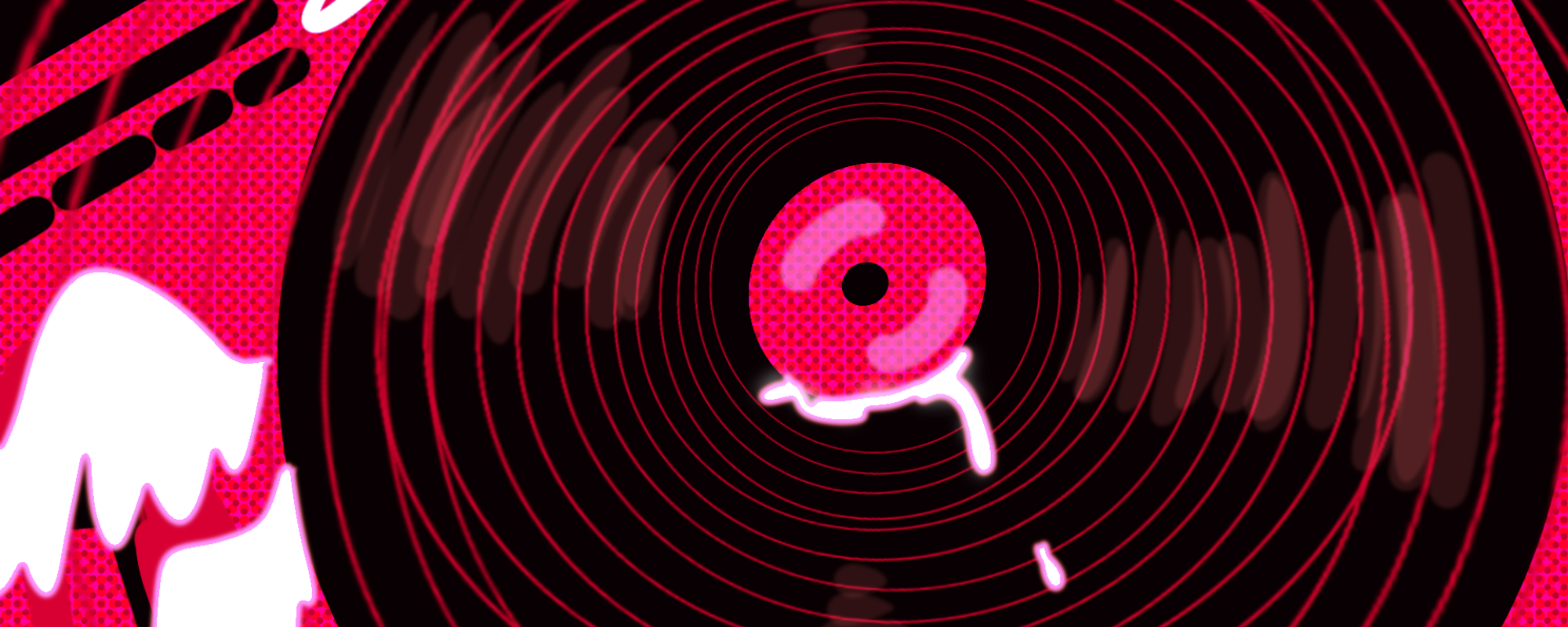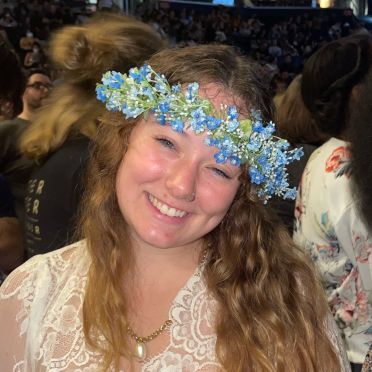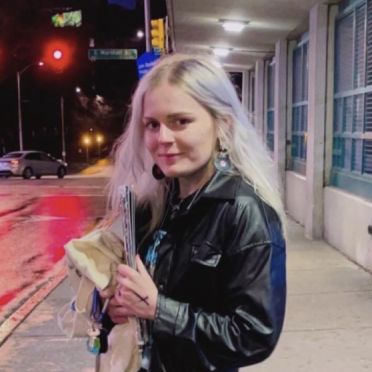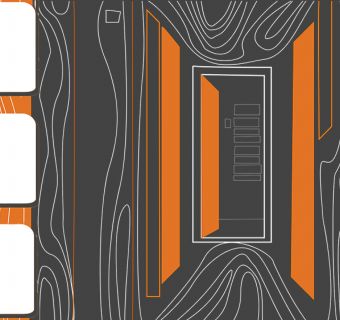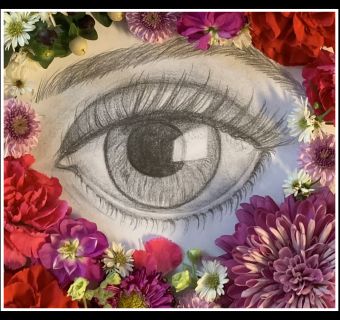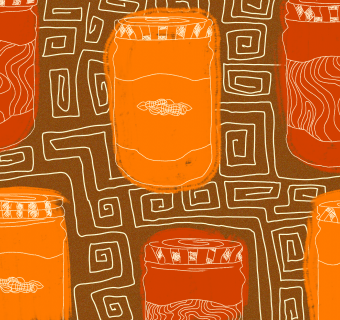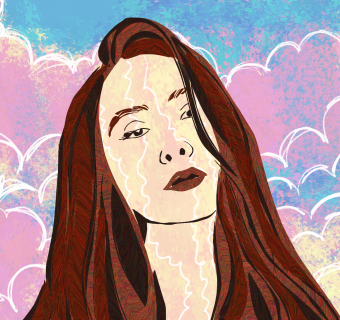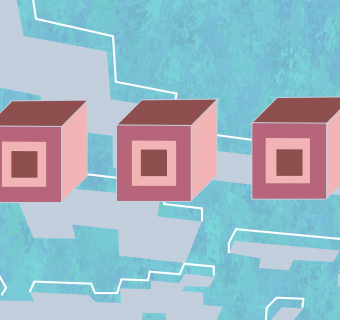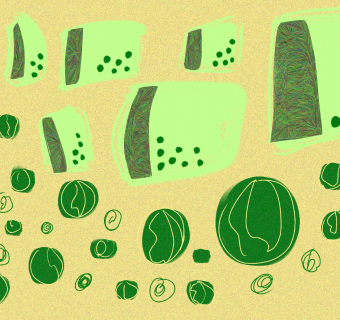Upon arriving in the humid, gray streets of Washington D.C., the first thing I noticed was the flower crowns. Then the glitter. Interspersed throughout, bits of lace and tulle gilded with celestial drawings of suns and moons, animal horns, and braided hair traipse through the dimming streets, a flood of etherealism beginning to pool around the edges of the arena. My friend/fellow concert-goer and I, sitting together in my blue Toyota Rav-4 (which is most definitely NOT ethereal), marvel at the glorious sight, remarking that this is our kind of Christmas.
Our Christmas is ‘Dance Fever,’ by Florence and the Machine, and the tour corresponding to the album of the same name. Florence’s new album, our gift, is an ode to freedom and letting go, the embodiment of a post-pandemic release of energy. It’s centered around the idea of the “dancing plague” phenomenon of the Middle Ages, in which women seemingly unprovoked began dancing endlessly until they collapsed from exhaustion. Florence dedicates her music to contemporary dance, the duality of humanity, feelings of entrapment, and the ultimate, inevitable emotional release that comes from experiencing life during a global pandemic.
And the concert — this event for which I neglected to pay attention in class to buy tickets, have driven perhaps slightly over the speed limit the two and a half hours to the nation’s capital, and now paid an unreasonable amount of money for parking — it mirrors this energy. From the moment Florence creeps her way on stage to a chorus of heavenly moans and wails, the concert is free-flowing and effortless. She runs around the stage barefoot in a gown that billows around her in a way that makes you believe for a second she is quite possibly the only person in the world at that very moment. She comes on stage in a bejeweled crown, then ditches it almost immediately without a thought when her dance becomes too much for it to stay put. This is effervescence at its peak.
The soundscape, too, is effervescent. Keyboard, harp, and drums come together to form an at times frantic, at times breathy feeling. During ‘Choreomania,’ short, quick synth and percussive beats build up to what feels like a kind of panic, a sort of heavy breathing underpinning Florence’s whispered spoken word lyrics. The pacing and vibrant melodic notes pull the audience into the dancing mania with her, though we are barely able to move, stuck together with sweat and glitter.
Later, during ‘Cosmic Love,’ Florence strips back the sound and production, singing in almost complete darkness and letting ethereal harp riffs roll through the arena as her weepy, haunting voice carries us up into the stars. A dark, rolling bass line haunts the background and sharp bursts of drums and keyboard notes leave voids of silence in between, in which Florence’s echoing voice hangs in the air. My friend takes a video of this song for me because at this moment my eyes are filled with tears. I am three things simultaneously: my present self, here at this concert experiencing pure joy; my nine-year-old self first hearing this song in a dimly lit dance studio and learning to feel every note of the music; and a star in Florence’s cosmic universe.
In this moment, we are all together, experiencing a kind of heavenly transcendence reserved normally for religious ceremonies. But to us, and to Florence, this is a religious space — a sort of quasi-angelic, quasi-satanic, “English pagan ritual,” as she calls it, in a moment of breath between songs. She tells us to put away our phones, and we do, just like that. Later, before the crescendo of her song ‘My Love,’ she instructs all of us in the pit, still glued together with sweat and tears, to crouch low. We obey, sinking further and further toward the floor before collectively erupting into a jumping, writhing mass when Florence raises her slight arm, chiffon cascading beneath as though she is conducting an orchestra of bodies.
Through her music, as we stand together, a sea of glistening eyes and arms raised as if to try to touch the heavens, she takes those parts of our identities, those quirks, differences, oddities that were once grounds for persecution and places them on pedestals to be worshiped. She embraces the fact that one can be both heavenly and demonic, and that these qualities aren’t mutually exclusive, but rather parts of a whole. She sings to us that she’ll be our “demon daddy” but also that if she makes it through the night, she’ll “show [us] what it means to be saved.”
There is something in this concert which encourages me not only to feel my deepest, darkest emotions, but to embrace them, bottle them, then shatter the bottle and throw them up to the heavens. I daze through her messages of love and anxiety and pain and loneliness while somehow feeling more grounded than I ever have before. It’s perhaps because of this emotional release that I feel so grounded. She encourages me to dance myself to death, to revel in the darkest evils that dwell in my mind, to embrace the ones I love, and to experience it all because I am alive and because I can.
Because as Florence says, for a moment, when I’m dancing, I am free!

